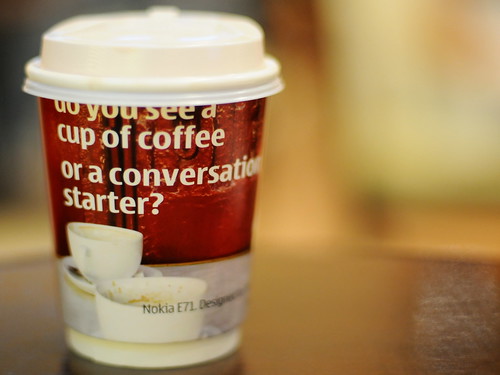
It was a rocky hillside. Useless land, they said. Sparse, steep, and stupid.
The land was basically donated to a project creating Case Study Houses (initiated in 1945) for the new generation of prospective American homeowners, including an enormous population of GIs returning from war and about to settle into family life.
On this rocky hillside, a still young architect named Pierre Koenig designed a breathtaking masterpiece on what was previously seen as an unbuildable lot. Case Study House #22 immediately became the most recognizable home in the famous Hollywood Hills and the architectural gem of a generation.
Sparse, steep, and stupid was quickly transformed into superb, sleek, and spectacular.
Koenig did what noone before him could do. He imagined a way forward and a possibility in a place that was otherwise architecturally impossible. He set a new path, forged a new trail, and set a new standard as to what could be done - not just with the burdensome lot, but with the beautiful aesthetics of modernism.
The hill was the house. The view was the draw. So the structure was built to be nearly transparent, to blend into the hillside and accentuate the sweeping vistas overlooking Los Angeles.
A new way had been envisioned. A new standard had been set.
What are you facing that needs a fresh thought, a bright idea, an imagination of a new way? And will you walk away from the possibilities therein for lack of faith to try where others have failed?






 As you may have heard, I love the vuvuzela. And I know that you do too!! (Really, somewhere in you there must be a part of you that doesn't hate the vuvuzela - and that is the part that I will call "love"...)
As you may have heard, I love the vuvuzela. And I know that you do too!! (Really, somewhere in you there must be a part of you that doesn't hate the vuvuzela - and that is the part that I will call "love"...)


